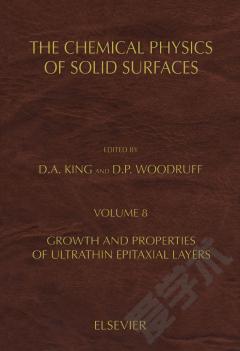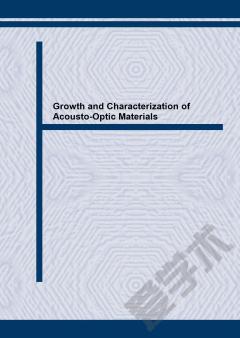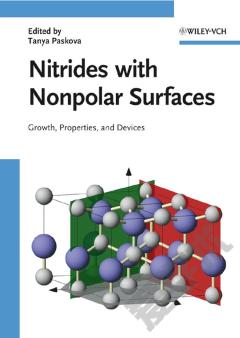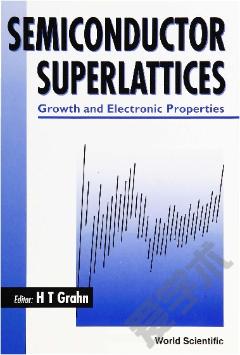Growth and Properties of Ultrathin Epitaxial Layers
Although there has been steady progress in understanding aspects of epitaxial growth throughout the last 30 years of modern surface science, work in this area has intensified greatly in the last 5 years. A number of factors have contributed to this expansion. One has been the general trend in surface science to tackle problems of increasing complexity as confidence is gained in the methodology, so for example, the role of oxide/metal interfaces in determining the properties of many practical supported catalysts is now being explored in greater detail. A second factor is the recognition of the potential importance of artificial multilayer materials not only in semiconductor devices but also in metal/metal systems because of their novel magnetic properties. Perhaps even more important than either of these application areas, however, is the newly-discovered power of scanning probe microscopies, and most notably scanning tunneling microscopy (STM), to provide the means to study epitaxial growth phenomena on an atomic scale under a wide range of conditions. These techniques have also contributed to revitalised interest in methods of fabricating and exploiting artificial structures (lateral as well as in layers) on a nanometre scale.This volume, on Growth and Properties of Ultrathin Epitaxial Layers, includes a collection of articles which reflects the present state of activity in this field. The emphasis is on metals and oxides rather than semiconductors.
{{comment.content}}








 京公网安备 11010802027623号
京公网安备 11010802027623号